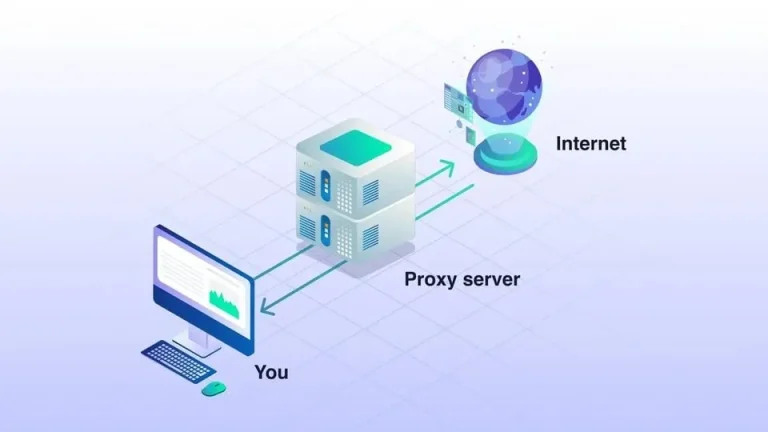It’s pretty obvious – some websites and apps just feel…different. Some feel like they try to connect with you; others feel like the world isn’t even listening. Some are pretty stiff. Why the difference? What makes some spaces on the internet feel more “human” than others? It isn’t always about design; there are subtle details that change the overall experience.
Interacting: Giving and Getting Back
A big part of feeling human is interaction, and it means two things: responding to comments and making sure that they can easily respond. If a comment section, for example, feels like a one-way street (a company posting at folks rather than trying to learn with them), that disconnect makes it feel less human. A company that responds thoughtfully is like a friendly store owner.
Good examples include when the business owner answers all the questions about their products or services. The business seems to care about its customers’ problems genuinely. The way customers interact with the design elements on the site plays into this, too. The way each of these platforms provides interactions leads to how users feel about a space overall.
Looking Authentic: No Filters Needed
Perfection doesn’t feel especially human. Think about real life; folks get messy, and they act foolish sometimes. This same thing applies online. Platforms that push users to be all of the time and do the most are places that folks will probably avoid. The pressure will feel fake for most users, and some might not care.
The most helpful businesses seem realistic; they are perfectly happy to address some of their failures, address concerns, and make a good product! Honesty is a good start in building that human connection as well. Platforms that reward showing the full breadth of authentic emotions in their user base will feel more real overall.
Building Communities: More Than Just a Like
Another part of feeling human, the connection is really great, and building a real community is key. It’s not just a bunch of folks passively clicking “like.” Do the users feel like they are connected to a cause, each other, or a brand? Having events on the platform builds stronger bonds. These bonds start making things feel much more human overall.
A feeling of being part of something bigger than yourself makes a company or its users more likable. Fostering that connection builds long-term business loyalty and makes folks more likely to recommend that product or service to those around them. The potential there is the real thing that could bring real growth to a business.
Finding Your Groove: Growing That Audience
People go to YouTube and other streaming platforms to show off their work to the world. They want recognition for their hard work and efforts. They work to grow their audiences and get more recognition overall. Finding your feet on these platforms can be tough, but once you get the algorithm, things feel much more human as your community grows. Getting help along the way might also be helpful for creators. Explore options to buy YouTube subscribers to give their channel an initial boost. This approach needs careful research; reading feedback from other users could prove invaluable. What feels more human than getting a supportive environment?
This safety also allows people to share more intimately, which helps foster a higher degree of bonding overall. Overall, safety helps people be themselves. They get a feeling that they all belong to the same space. The space then feels more welcoming to the types of people from all sorts of backgrounds.
Solving Problems: Addressing Real User Concerns
When a community complains about something — whether it is a bad update or really bad moderation — how the platform responds matters a ton. Do they shut down comments? Pretend nothing happened? This sort of response is seen as out of touch. When issues get ignored, and the silence is deafening, then that feels bad.
Platforms that acknowledge concerns and then actually work towards a solution are viewed differently. Maybe a fix takes some time, or their solution is not perfect, but just acknowledging that there were issues makes it more human. It tells the people within that community that they heard, and they’re listening.
Conclusion
Ultimately, what makes a platform feel more human is when people can connect with each other on a real basis. When the interactions are trustworthy, there’s a sense of shared community. A balance is needed between the digital and the real, bringing authenticity to a space. Those kinds of platforms don’t focus on the numbers; they focus more on what real people need to feel like they all belong.







